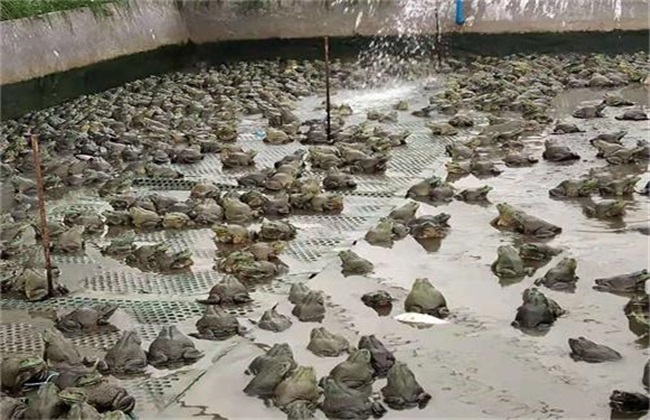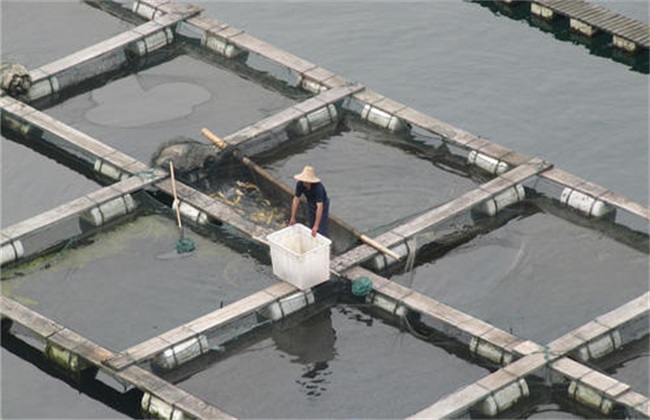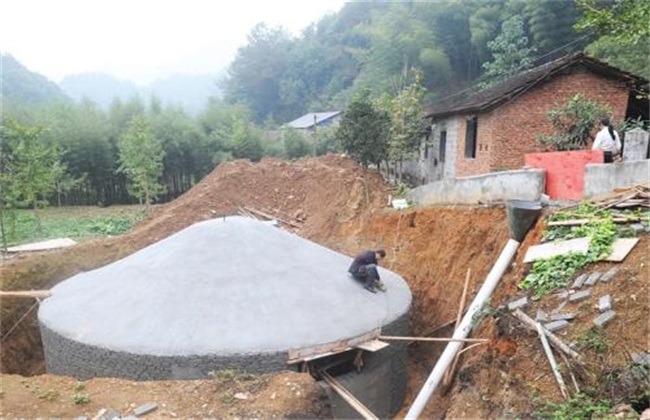Common problems in breeding frogs
Frog farming is now a hot industry, but many farmers do not know much about the overall habits of frogs, so they often make some mistakes, resulting in a reduction in production in the later stage. According to the feedback of many farmers, we have sorted out some common questions for you to list. Let's learn about it together.

1. Mixed culture of tadpoles
First of all, the breeding of tadpoles, because the tadpole seedlings are relatively fragile, it is easy to die, some farmers in the initial stage found that more dead tadpoles will be introduced, mixed culture. In fact, this is a wrong idea, the newly introduced tadpole you do not know what it experienced before, and the original pond tadpole will have a certain mismatch, the two may even conflict, resulting in death. If death occurs after the introduction of new tadpoles, and there are a large number of tadpoles, it is caused by this reason, so if replanting is better, it is also put into another culture pond, so the introduction effect is good!
2. too many times of disinfection
Frogs themselves carry more bacteria, so they are often prone to diseases, and some farmers will have a more stubborn idea, that is to solve this problem through repeated disinfection. So some farmers keep sterilizing and disinfecting during the tadpole period and disinfecting at the seedling stage, which will make more and more harmful residues in the frog pond, and finally seriously affect the growth and even death of frogs. Please keep in mind that the number of times of disinfection should be moderate.
3. Excessive density
Generally speaking, the breeding of frogs is in a large pool, so in the view of some farmers, density has become a relatively neglected factor. in fact, on the contrary, density has a great impact on raising frogs. Normally, it is ideal for frogs in a pool to cover an area of between 1/3 and 2/3. When frogs are stacked together frequently, it means that the density is too high and should be divided out in time. The problems of high density in terms of farming efficiency and death will rise sharply.
4. Water quality is too poor
Water quality is a problem that everyone is easy to ignore, and the water for raising frogs is not immutable. Because the frogs in the pond are soaked in the water for a long time, most of their excreta will melt into the water, so the water quality can easily get worse. Generally come to the frog pond according to the situation 3-5 days or so to change the water, often keep the water in the frog pond relatively clear, the incidence of frogs in such a culture pond is much lower.
Aquaculture is to make use of the factors that are easy to be ignored, and to improve and optimize them, so that their own breeding opportunities are much better than others. These are the more common problems of raising frogs. I hope you can adjust your breeding methods appropriately!
Related
- On the eggshell is a badge full of pride. British Poultry Egg Market and Consumer observation
- British study: 72% of Britons are willing to buy native eggs raised by insects
- Guidelines for friendly egg production revised the increase of space in chicken sheds can not be forced to change feathers and lay eggs.
- Risk of delay in customs clearance Australia suspends lobster exports to China
- Pig semen-the Vector of virus Transmission (4)
- Pig semen-the Vector of virus Transmission (3)
- Five common causes of difficult control of classical swine fever in clinic and their countermeasures
- Foot-and-mouth disease is the most effective way to prevent it!
- PED is the number one killer of piglets and has to be guarded against in autumn and winter.
- What is "yellow fat pig"? Have you ever heard the pig collector talk about "yellow fat pig"?



